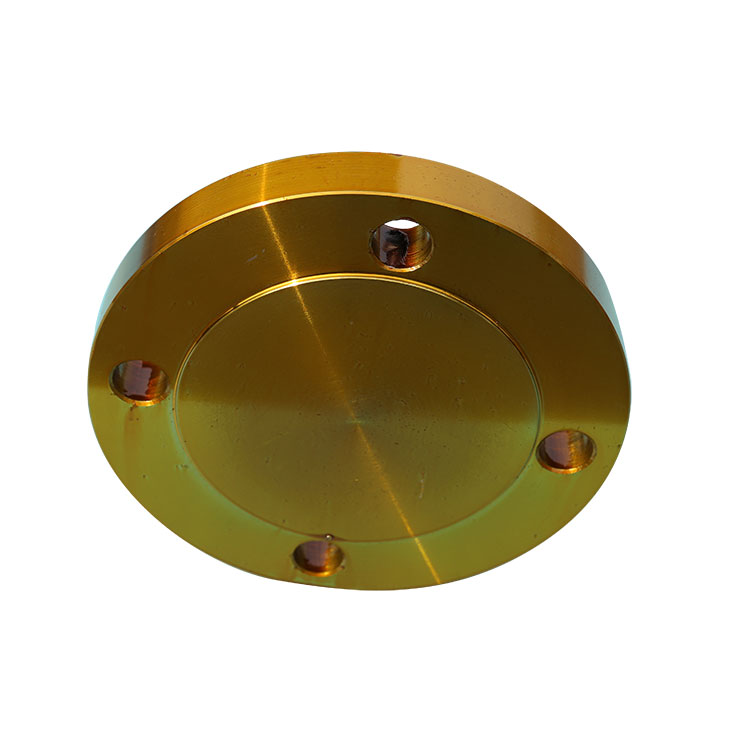How do blind flanges differ from other types of flanges
2023-11-04
Blind flanges differ from other types of flanges in several key ways, primarily in their design and intended use:
1. Closure and Sealing: Blind flanges are designed to seal off the end of a pipe or vessel, effectively closing it. In contrast, other flange types, such as weld neck, slip-on, or socket weld flanges, are used to create connections between pipes, valves, or equipment.
2. No Opening: Blind flanges are solid, flat discs with no opening in the center, as opposed to other flanges that have a central opening or bore to allow the passage of fluid or gas.
3. Temporary or Permanent: Blind flanges are often used for temporary closures, isolation, or to block off a pipeline. Other flange types are typically used for permanent connections or to facilitate disassembly for maintenance.
4. Maintenance and Inspection: Blind flanges are commonly used for accessing the interior of a piping system for inspection, maintenance, or cleaning. They can be easily removed and reinstalled. Other flange types are typically more permanently attached.
5. Versatility: Blind flanges are versatile and can be used in a wide range of applications, including as temporary terminations, isolation points, or for future connections. Other flange types serve different purposes, such as connecting pipes, valves, or equipment.
6. Sealing Method: Blind flanges rely on gaskets or other sealing methods to create a seal at the closed end of a pipe. In contrast, other flange types may use welding, threading, or other connection methods to create a seal.
7. Connection to Pipe: Blind flanges are bolted to the open end of a pipe, and the bolting pattern surrounds the outer edge of the flange. Other flange types have different attachment methods, such as welding (weld neck flanges), bolting around the inner rim (slip-on flanges), or socket welding (socket weld flanges).
8. Function: Blind flanges are primarily used for sealing, isolation, or future access points, whereas other flange types are used for joining pipes or equipment together to allow the flow of fluid or gas.
In summary, blind flanges are distinct in their purpose and design compared to other types of flanges. They are valuable components in piping systems for temporary closures, maintenance, isolation, and other applications that require sealing off the end of a pipeline or vessel.



